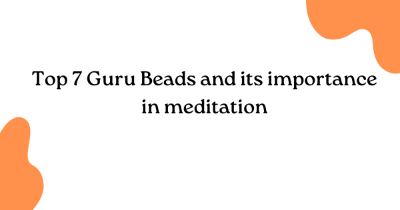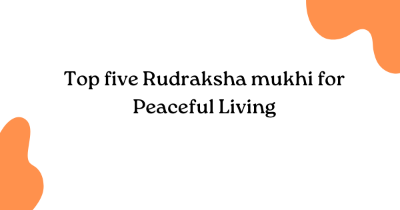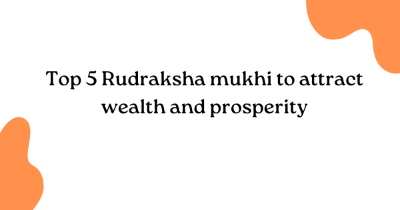The Guru bead in a mala is a central and significant element, representing the awareness and reflection that one should bring to their chanting or meditation practice.
US Dollar
RSS
2024, January
While beliefs in the metaphysical properties of crystals and stones are rooted in various spiritual and holistic traditions, it's important to note that these beliefs are not scientifically proven. Different cultures and individuals may attribute different qualities to various crystals.
Healing gemstone bracelets, including those made with Rudraksha beads, are often worn for their perceived metaphysical properties and symbolic significance. Each gemstone is believed to carry unique energies and attributes that can positively impact the wearer's well-being.
Promoting peace of mind is a common goal for many individuals seeking the spiritual and healing properties associated with Rudraksha beads. While different Mukhis (faces) are believed to have various benefits, here are five Rudraksha Mukhis often associated with promoting peace of mind
In Hinduism, the Rudraksha bead is believed to have spiritual and healing properties. The five-faced Rudraksha, known as Panchmukhi or Panch Mukhi Rudraksha, is associated with Lord Shiva and is believed to bring prosperity, success, and wealth.
Hindu spiritual rituals frequently involve the use of rudraksha beads, which are thought to provide a number of health and wellbeing advantages. The term "mukhi" describes the quantity of facets or faces on a bead; various mukhis are linked to various energies and advantages.
Bone bracelets are bracelets made from natural bones, typically from animals such as cattle, buffalo, or deer. These bracelets are often crafted by artisans who clean, shape, and polish the bones before stringing them together to create wearable jewelry.
Blog search










